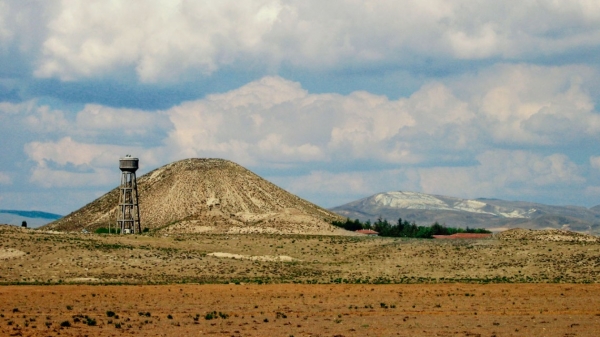The collapse of the Hittite Empire in the Late Bronze Age has been blamed on various factors, from war with other territories to internal strife. Now, an interdisciplinary collaboration used tree ring and isotope records to pinpoint a more likely – and prescient – culprit: three straight years of severe drought in an already dry period.
The group’s paper, “Severe Multi-Year Drought Coincident with Hittite Collapse Around 1198-1196 BC,” published Feb. 8 in Nature.
The Hittite Empire emerged around 1650 BC in semi-arid central Anatolia, a region that includes much of modern Turkey. For the next five centuries, the Hittites were one of the major powers of the ancient world, alongside the Assyrian, Babylonian and Egyptian empires, and they remained remarkably resilient amid the various upheavals – social, political, economic and environmental – of the age. But around 1200 BC, the capital at Hattusa was abandoned, and the Hittite Empire was no more.
Read more at Cornell University
Image: The researchers scrutinized tree ring samples recovered from the Midas Mound Tumulus at Gordion, a human-made 53-meter-tall structure located west of Ankara, Turkey. (Credit: John Marston via Cornell University)


